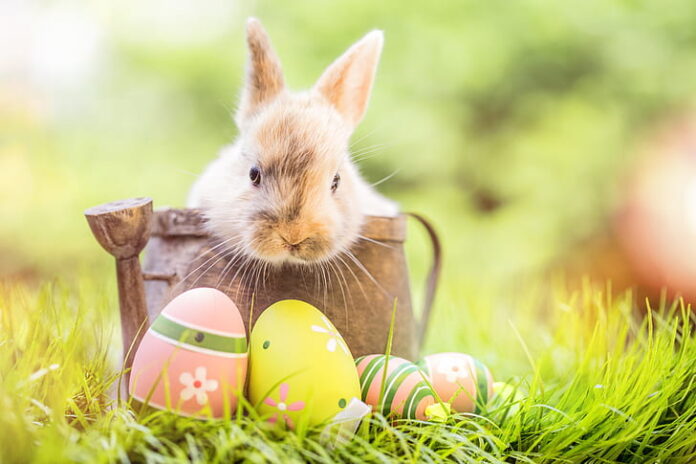Easter traditions and symbols have evolved over time, though some have been around for centuries. While to Christians, Easter is the celebration of the resurrection of Christ, many Easter traditions are not found in the Bible. The most prominent secular symbol of the Christian holiday, the Easter bunny, was reportedly introduced to America by the German immigrants who brought over their stories of an egg-laying hare. The decoration of eggs is believed to date back to at least the 13th century, while the rite of the Easter parade has even older roots. Other traditions, such as the consumption of Easter candy, are among the modern additions to the celebration of this early springtime holiday.
Easter Bunny
The Bible makes no mention of a long-eared, short-tailed creature who delivers decorated eggs to well-behaved children on Easter Sunday; nevertheless, the Easter bunny has become a prominent symbol of Christianity’s most important holy day. The exact origins of this mythical mammal are unclear, but rabbits, known to be prolific procreators, are an ancient symbol of fertility and new life.
According to some sources, the Easter bunny first arrived in America in the 1700s with German immigrants who settled in Pennsylvania and transported their tradition of an egg-laying hare called “Osterhase” or “Oschter Haws.” Their children made nests in which this creature could lay its colored eggs. Eventually, the custom spread across the U.S. and the fabled rabbit’s Easter morning deliveries expanded to include chocolate and other types of candy and gifts, while decorated baskets replaced nests.
Additionally, children often left out carrots for the bunny in case he got hungry from all his hopping.
This is the history and tradition of Easter Bunny.



